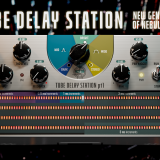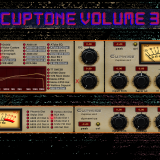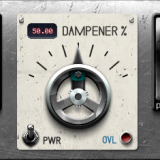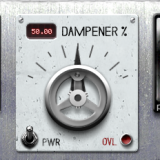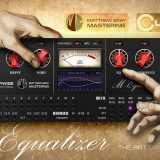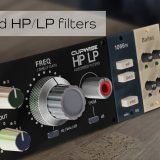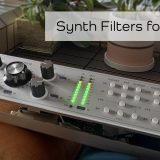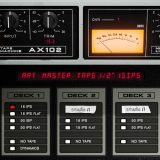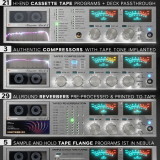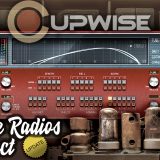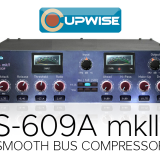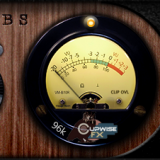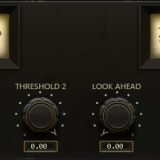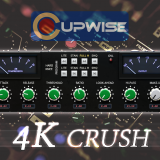This is a major update to Plates of Legend 1 (now 1X).
- skin with program switching buttons has now been given official support with N4. that means there is a skin install guide included in the install package, walking you through the steps to get these types of skins working with N4, and the old style of N4 skin (without the program switching buttons) are gone forever!
- program switching skins for the PoL series were already available for n3, but instead of just bringing the same skins over for n4, i got max’s permission to do some edits to his skins. the original program switching skins (for n3) were set up in a way where each skin included programs from two or more releases. for example one skin had buttons you could use to load the main plate programs from Plates of Legend 0, PoL 3, and PoL4. it was convenient to have similar plates all in one place but it created a confusing situation, especially when trying to install the skins. what i’ve done is to edit the skins so that each PoL release now has its own skin. it results in less options per skin but less confusion in terms of how to install them, or which skin to load to find a particular plate. i’m adding new programs so that also made editing the skins necessary.
- a brighter, EQ’d version of the ‘Styx’ mono tube driven plate. the main version is very dark, but this one is much flatter and probably more useful in general.
- i added 7 new reverbs which were made by ‘resampling’ some of the Olympus plate program’s samples (mostly ones with quick decay) onto and off of reel to reel tape. three different decks were used (MCI-JH-24, Studer B67, and Otari MTR 10), and three different speeds (7.5, 15, and 30IPS), to give different tonal results. these programs still sound like the main one, but sound different from it and from each other, so they provide more variety.
- i had to update the programs to allow the newly edited skins to work. mainly i had to change which of Nebula’s ‘mix’ knobs are used for the controls in the programs, so they would be consistent across all programs. because of this i decided to rename the .n2p program filenames, so that these new programs (which are required for the new skins) can be installed along-side the old ones, allowing your old projects to still load properly.
- i removed the main gain in and gain out knobs from the skins because they’re pretty redundant when there’s a ‘reverb level’ control that basically does the same thing.
- some of the 88khz programs seemed to not be able to load. nobody ever reported this to me so maybe nobody is using these at 88khz, or maybe somehow the programs i had on disk got messed up. i’m not sure but either way it’s fixed now.
- the pseudo stereo styx plate program in PoL 1 96khz and 44.1khz versions had its level way too low. fixed.
- shortened lengths of some of the impulses in a few of the programs which were excessively long. they load slightly faster and use a little less CPU.
- the fade control in the Styx pseudo stereo program had an issue- at about the mid-way point it resulted in something like a slap-back reverb. now it’s a smooth transition from the full reverb to a nicer, faded and shortened reverb.
- the reverb gain control readout claimed it allowed up to 25dB boost or cut, but was really only giving you 12.5dB either way. now it gives the full 25dB. not that it matters but this change by itself ended up being a huge pain to do! you’d think something like this would be simple but it wasn’t, and after doing it i had to re-adjust the overall level of every program, which is also very annoying.
- adjusted the harmonics in some of the programs because they were either too loud or too quiet.
- made a lot of small adjustments, like ensuring that every reverb uses the same program rate, made sure every program is using the full length of their impulses (some weren’t), aren’t using any of Nebula’s fadeout (except for some of the lite versions), and a couple of tweaks to how the programs actually work ‘under the hood’ (very subtle).
- relabeled the meters to say ‘peak’ so it’s clear that these are dBFS peak meters instead of the VU style meters most of the skins for my stuff use.
